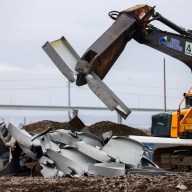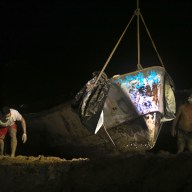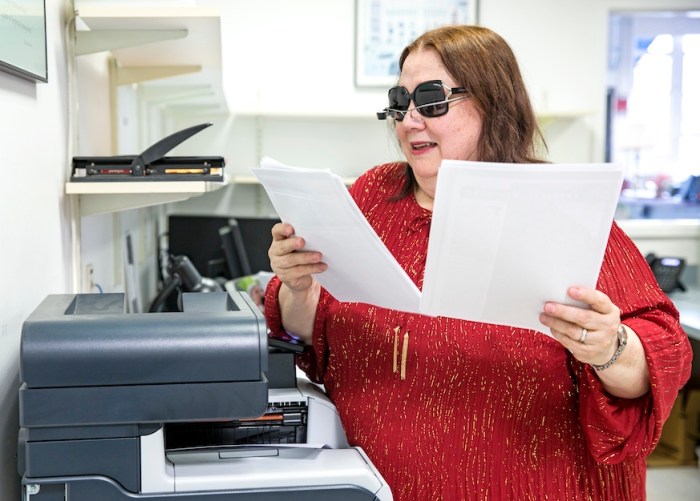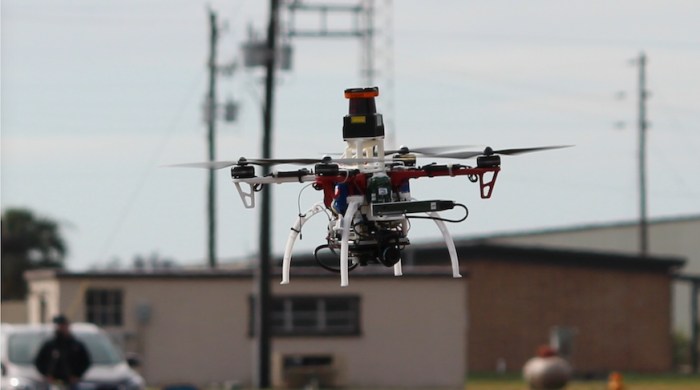Engineers from the University of Bristol in England have developed a working ‘Star Trek’ tractor beam. Researchers have built a miniature version of the iconic sci-fi contraption that grabs, holds and moves small objects using sound waves. Laboratory tests of the technique, published in a report in journal “Nature Communications”, have already shown it can manipulate with pea-sized objects from 30-40 centimeters (12-15 inches) away. “We may soon be controlling adrift floating objects at the International Space Station,” Asier Marzo, PhD student at University of Bristol and lead author of the report, told Metro. Q: Was “Star Trek” really your inspiration?
Q: How does it technically work?
– Lots of tiny loudspeakers emit the same wave over and over again. However, they started to play the wave from a different point and therefore are slightly offset. This delay in the waves creates an interference pattern that results in a 3D acoustic field even when it was projected from a 2D surface. This 3D acoustic field is what surrounds the particle and traps it. Q: What have the tests already shown?
– We can manipulate objects ranging from 0.6 to 4 millimeters in diameter. Also we can control the position and orientation of the levitated particles, so it is possible to make the particle follow any 3D path. Q: How could it be helpful?
– In-vivo manipulation: sound cannot travel through the void of space but it can do it through water or human tissue. This potentially enables the manipulation of clots, kidney stones, drug capsules, microsurgical instruments or cells inside our body without any incision. Q: What’s the difference between your invention and those made before?
– Our tractor beam can rotate objects. However, the main difference is that our acoustic levitation is holographic, meaning that it only requires a flat surface. Previously, the particles had to be surrounded by loudspeakers. But I think it is important to explore all the different technologies for contactless manipulation. In the past, our hands were our main tool to manipulate objects but we need new tools for solving today’s challenges. Q: What’s next?
– With more powerful tractor beams capable of levitating bigger objects and from farther distances, I imagine applications in controlling adrift floating objects in zero-gravity environments (i.e. the International Space Station). We are also exploring how to manipulate thousands of particles individually. This would enable the development of 3D displays composed of millions of levitating particles that act as tangible pixels.

Researchers develop ‘Star Trek’-like tractor beam
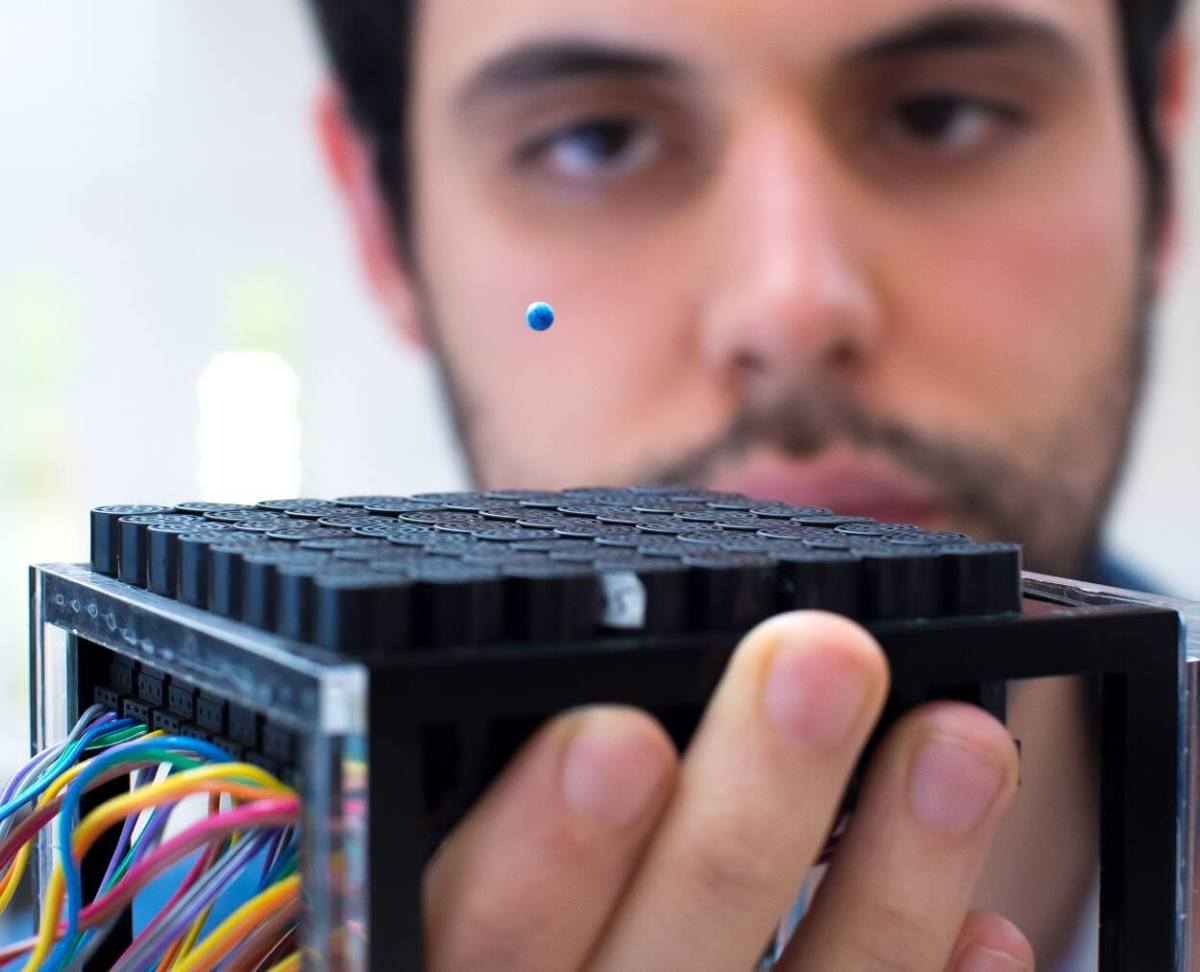
Provided






